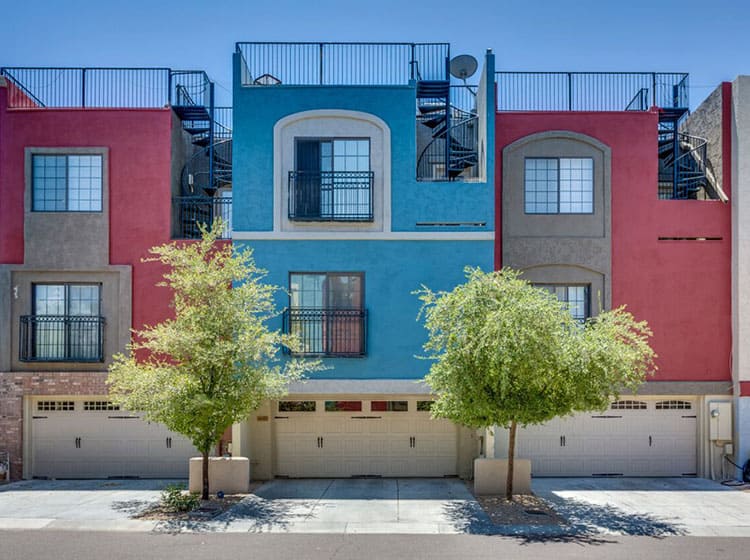Check Out The Influence Of Seasonal Elements On The Effectiveness Of Business External Paint And Determine The Optimum Times To Attain Enduring Outcomes For Your Job
Check Out The Influence Of Seasonal Elements On The Effectiveness Of Business External Paint And Determine The Optimum Times To Attain Enduring Outcomes For Your Job
Blog Article
Write-Up By-Leach Rodriquez
When you're intending an industrial external painting job, seasonal variables can make or break your results. You'll want to think about just how temperature level and moisture impact paint application and drying times. Selecting commercial interior painter can guarantee your paint sticks properly and lasts longer. However which seasons are genuinely the most effective for this type of job? Allow's discover the crucial elements that can affect your project's success.
The Impact of Temperature Level on Paint Application
When you're preparing a business outside paint task, the temperature level can considerably influence how well the paint sticks and dries.
Ideally, you want to paint when temperatures vary in between 50 ° F and 85 ° F. If it's as well chilly, the paint might not heal effectively, causing issues like peeling off or fracturing.
On the other side, if it's too warm, the paint can dry also swiftly, protecting against correct bond and causing an unequal surface.
You should additionally take into consideration the moment of day; morning or late afternoon offers cooler temperature levels, which can be much more desirable.
Always inspect the manufacturer's suggestions for the specific paint you're utilizing, as they usually supply advice on the suitable temperature array for optimal outcomes.
Moisture and Its Result on Drying Times
Temperature level isn't the only ecological element that affects your industrial exterior painting project; moisture plays a significant function also. High humidity degrees can decrease drying times substantially, influencing the total high quality of your paint job.
When the air is saturated with wetness, the paint takes longer to cure, which can lead to concerns like poor attachment and a greater risk of mold development. If you're repainting on a specifically moist day, be planned for prolonged delay times between coats.
It's critical to check neighborhood weather conditions and plan as necessary. Ideally, go for humidity levels between 40% and 70% for optimum drying.
Maintaining these factors in mind guarantees your project remains on track and supplies a long-term finish.
Best Seasons for Commercial Outside Painting Projects
What's the best season for your industrial external paint jobs?
Springtime and very early autumn are usually your best options. During these seasons, temperatures are light, and moisture degrees are often lower, producing ideal conditions for paint application and drying.
https://www.realhomes.com/advice/cost-to-paint-the-exterior-of-a-house , which can trigger paint to dry as well rapidly, resulting in inadequate attachment and surface. Likewise, winter season's chilly temperatures can prevent proper drying and treating, risking the long life of your paint work.
Go for days with temperatures in between 50 ° F and 85 ° F for optimum outcomes. Remember to examine the local weather report for rain, as wet problems can spoil your project.
Preparation around these variables ensures your painting task runs smoothly and lasts much longer.
Final thought
To conclude, planning your business external painting jobs around seasonal considerations can make a significant distinction in the result. By scheduling job throughout the suitable temperatures and humidity levels, you'll make sure better adhesion and drying out times. Keep in mind to keep an eye on regional weather report and select the right time of year-- spring and very early autumn are your best choices. Taking these steps will assist you accomplish a durable and expert coating that lasts.
